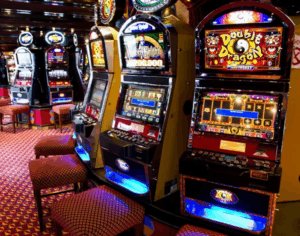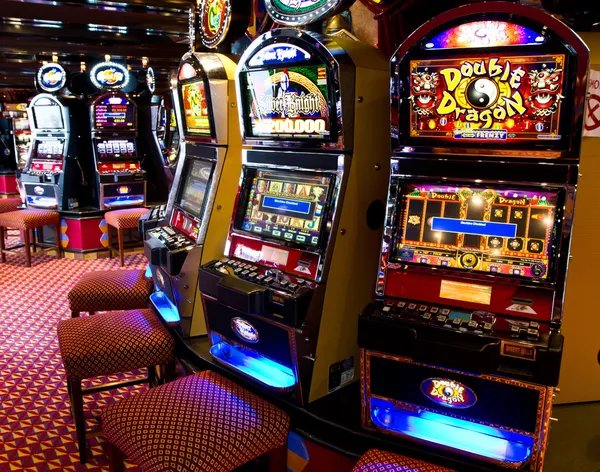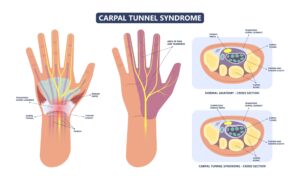At Repti-Zoo, we extend our commitment to providing exceptional care to even the tiniest members of the pet world. Hermit crabs, with their fascinating behaviors, require thoughtfully designed habitats. In this comprehensive guide, we’ll explore the essentials for creating a hermit crab tank that ensures the happiness and well-being of these unique crustaceans.
Understanding Hermit Crab Behavior
1. Social Creatures
Hermit crabs are social beings that thrive in the company of their fellow crabs. Consider keeping multiple hermit crabs in the same enclosure to fulfill their social needs and reduce stress.
2. Territorial Habits
Hermit crabs are territorial and require ample space to explore. A crowded or cramped tank can lead to stress and aggressive behaviors. Providing sufficient room for movement is essential.
Hermit Crab Tank Essentials
1. Enclosure Size
Select a tank size that accommodates the number of hermit crabs in your care. As a general guideline, a 10-gallon tank can house up to three small hermit crabs. Larger tanks are necessary for more extensive crab populations.
2. Substrate Selection
Choose a substrate that mimics the hermit crab’s natural environment. Coconut coir or a mix of coconut coir and sand provides a suitable substrate that supports burrowing behaviors and maintains proper humidity.
3. Climbing Structures
Hermit crabs enjoy climbing. Introduce structures like driftwood or coconut hides to create vertical spaces within the tank. This not only stimulates their natural instincts but also maximizes the available space.
Temperature and Humidity Control
1. Temperature Range
Maintain a temperature range between 75 and 85 degrees Fahrenheit within the hermit crab enclosure. Use a heat pad or lamp to achieve consistent warmth.
2. Humidity Levels
Hermit crabs rely on proper humidity for respiration. Keep humidity levels between 70% and 80% by misting the tank regularly and providing a shallow water dish for drinking and soaking.
Diet and Nutrition
1. Varied Diet
Offer a diverse diet that includes commercial hermit crab food, fresh fruits, vegetables, and protein sources like fish or eggs. Calcium and protein are particularly crucial for their molting process.
2. Calcium Supplements
Include calcium supplements, such as crushed eggshells or cuttlebone, in the tank. Hermit crabs require extra calcium for shell health and during molting.
Enrichment and Maintenance
1. Shells for Molting
Provide a variety of shells in different sizes and shapes. Hermit crabs change shells as they grow, and having options encourages natural behaviors and a smooth molting process.
2. Regular Tank Maintenance
Perform regular maintenance by cleaning uneaten food, molting exoskeletons, and maintaining a clean water dish. A hygienic environment is essential for the health of your hermit crabs.
Conclusion
In conclusion, creating a happy and healthy habitat for your hermit crabs involves understanding their social behaviors, providing adequate space, and ensuring proper temperature and humidity levels. By incorporating climbing structures, offering a varied diet, and promoting natural behaviors, you contribute to the well-being of these captivating crustaceans.











